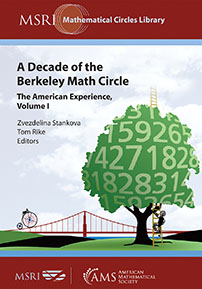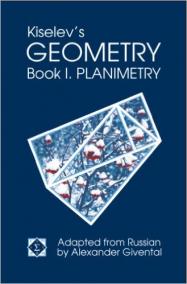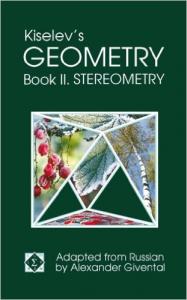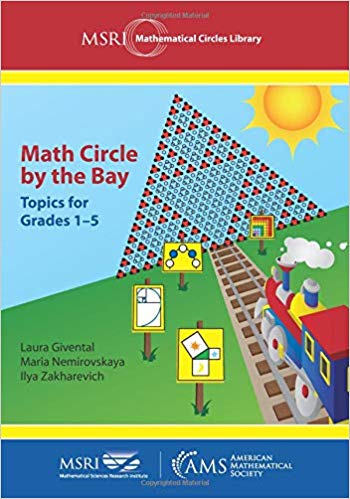
Many mathematicians have been drawn to mathematics through their experience with math circles: extracurricular programs exposing teenage students to advanced mathematical topics and a myriad of problem solving techniques and inspiring in them a lifelong love for mathematics. Founded in 1998, the Berkeley Math Circle (BMC) is a pioneering model of a U.S. math circle, aspiring to prepare our best young minds for their future roles as mathematics leaders. Over the last decade, 50 instructors—from university professors to high school teachers to business tycoons—have shared their passion for mathematics by delivering more than 320 BMC sessions full of mathematical challenges and wonders.
Based on a dozen of these sessions, this book encompasses a wide variety of enticing mathematical topics: from inversion in the plane to circle geometry; from combinatorics to Rubik's cube and abstract algebra; from number theory to mass point theory; from complex numbers to game theory via invariants and monovariants. The treatments of these subjects encompass every significant method of proof and emphasize ways of thinking and reasoning via 100 problem solving techniques. Also featured are 300 problems, ranging from beginner to intermediate level, with occasional peaks of advanced problems and even some open questions.





